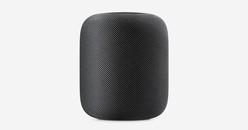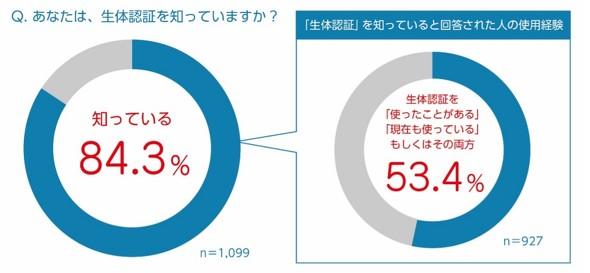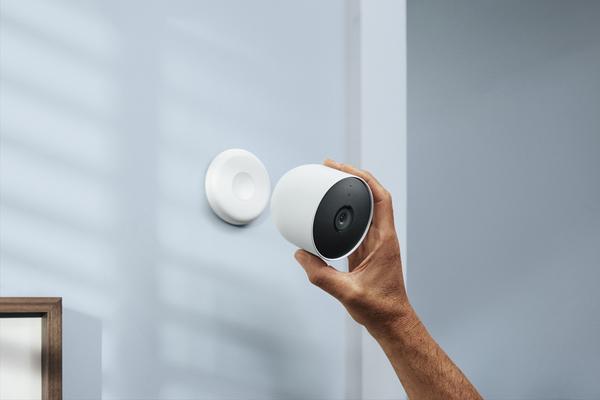Ever since I borrowed my HomePod from Apple for review, I've been bragging to my friends about having the buzzy smart speaker at home. To my horror, most of those friends are musicians or audiophiles. Maybe because of this, everyone has been asking the same question.
"So, does it sound good?"
In the first place, the way this question is asked is wrong. The HomePod certainly sounds great. If you want a speaker that just plays music, it's a good buy. But if we want to add the convenience and fun of voice interaction to our daily lives, we should ask not only "Does it sound good?"
First, let me answer your second question in one sentence. The answer is no.
The acoustic engineering used in the HomePod is certainly a marvel. It sounds better than most other smart speakers you can buy for under $350. But while the audio performance is excellent, the smart features (Siri, Internet audio streaming, compatibility with other devices, etc.) fall far short of expectations.

HomePod's software is too restrictive and connects to too few streaming services. Siri's skills pale in comparison to the many powerful services available on smart speakers that work with Amazon's Alexa and Google Assistant voice assistants.
With that in mind, the HomePod can only be recommended to people living in homes steeped in Apple products and services. An enthusiastic supporter of the iPhone. People who constantly update their Apple Music subscription, which costs $ 9.99 per month (the price in Japan is 980 yen). A person who incorporates smart light bulbs and door locks compatible with HomeKit, Apple's home appliance management system, into their homes.
Then you'll find HomePod's voice control feature powerful enough to fulfill the grand ideal of "the smart home." I would like you to buy one. You will love it. But perhaps the HomePod isn't for everyone else.
Automatically adjusts power output to ambient conditions
You could give Apple a gold medal for the design of the HomePod. This cool fat guy is about 18cm tall. It's smaller than it looks from the photos. It is covered with a mesh fabric that does not block sound. You can choose between white and space gray, which is Apple's image color.
Looking inside, you'll find a woofer that produces powerful lows at the top, and seven tweeters that deliver attractive highs at the bottom, arranged in a circle. Right in the middle are six mics.
This mic is, of course, for summoning Siri. But it also measures the acoustic properties of the environment in which the HomePod is placed in real time. For example, when placed near a brick wall or glass surface, HomePod measures sound waves bouncing back off and adjusts audio output on the fly to remix the sound, canceling out reflected sound and removing unwanted elements from the overall sound. remove.
This feat is accomplished by the A8 processor, a chip developed by Apple that was also in the iPhone a few years ago. Thanks to that, you can get quality sound wherever you put your HomePod. It's okay to break your biggest taboo and shove your HomePod into the corner of your room. Still no problem with the sound.





![Customized items for the new "Toyota Noah / Voxy" appear from Modellista [Tokyo Auto Salon 2022] [News]](https://website-google-hk.oss-cn-hongkong.aliyuncs.com/drawing/article_results_9/2022/3/28/2fb1fdedaad7536dd6271db30561f588_0.jpeg)
![[New Toyota Voxy (90 series)] Amplifies the characteristics of the aero body! A design that further enhances the power of the front mask! #Works direct custom deep layer 001](https://website-google-hk.oss-cn-hongkong.aliyuncs.com/drawing/article_results_9/2022/3/25/01568e2fbf021c0eaf7d013507c850a4_0.jpeg)
![[Toyota Noah / Voxy new model] Modellista releases various customized parts ... Actual vehicle exhibited at Tokyo Auto Salon](https://website-google-hk.oss-cn-hongkong.aliyuncs.com/drawing/article_results_9/2022/3/25/8268612c1e5941e62d3dfd07f8991b2f_0.jpeg)

